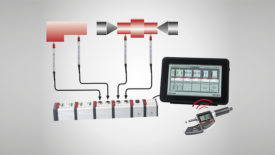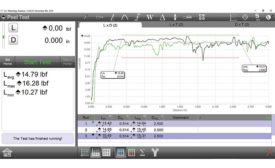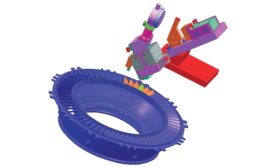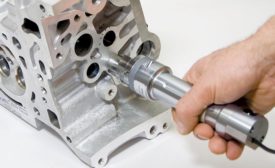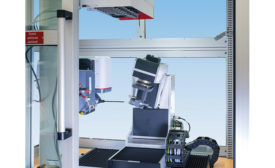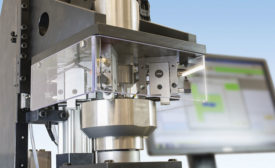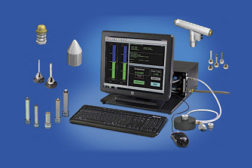Home » Keywords: » custom gaging
Items Tagged with 'custom gaging'
ARTICLES
Measurement
There are myriad ways to breathe new life into existing gages without the need to invest in new gaging.
Read More
Crystal Ball Gazing: Gage Trends and Metrology
When you look at how far gages have come in just the last 20 years, you might wonder what, if any, types of technological enhancements might be on the horizon.
December 2, 2019
Analyzing and Reporting Tensile Data on Force Measurement Systems
Using readily available tools such as graphs, tolerances, comments, and test criteria ensures that the required tensile information is on hand when needed.
June 1, 2019
Custom Gages: You’ve made it, but can you inspect it?
Sometimes the only inspection solution is a custom gage.
January 1, 2019
Standard Gage or Custom? How to Analyze Your Gaging Requirements
How to analyze your gaging requirements. Learn how to specify the gaging solution that provides the best results.
May 1, 2017
Custom Gages Automate Your Production
Fully automating the measuring process is the ultimate custom gage solution
September 1, 2016
INDUSTRY HEADLINE
Mahr Federal Introduces MarSolutions Engineered Metrology Team
April 1, 2016
Custom Gages to Go: When You Want To Have It Your Way
Many standard off-the-shelf gages no longer provide the right solution for today’s parts. That’s where custom gages come in.
August 4, 2014
Stay in the know with Quality’s comprehensive coverage of
the manufacturing and metrology industries.
eNewsletter | Website | eMagazine
JOIN TODAY!Copyright ©2024. All Rights Reserved BNP Media.
Design, CMS, Hosting & Web Development :: ePublishing
